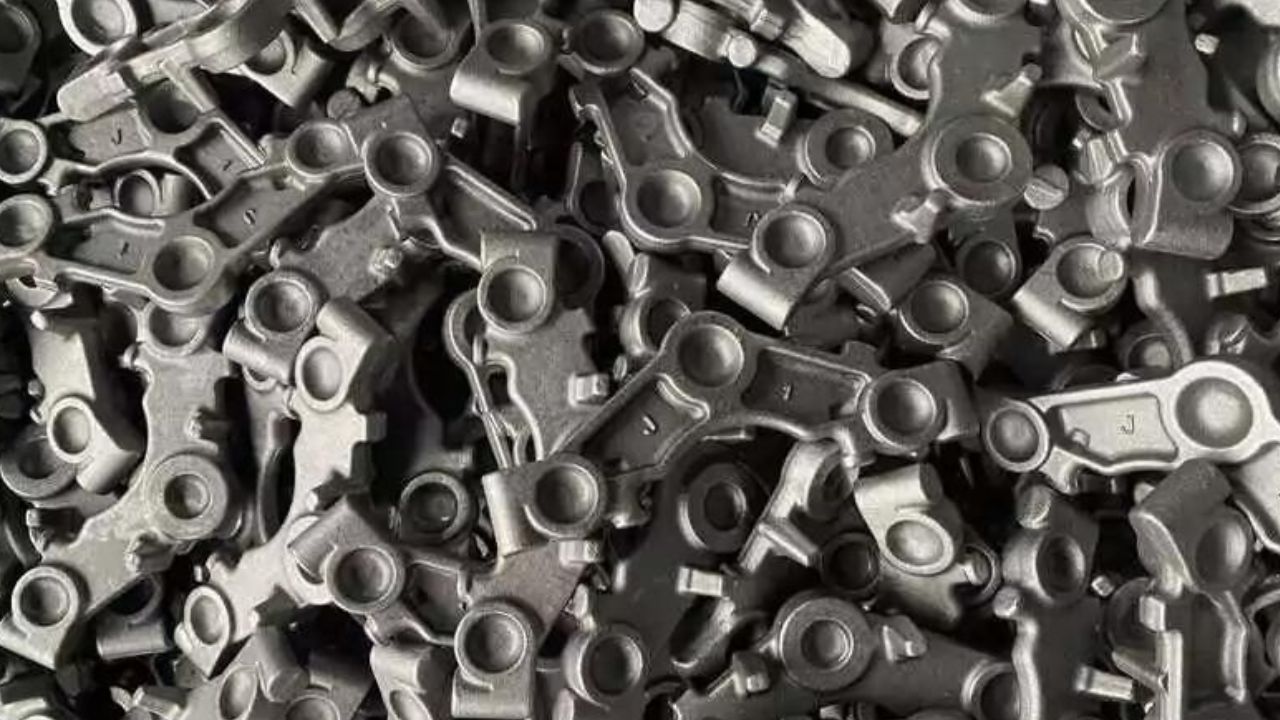Cold forging is a revolutionary technique that has transformed the landscape of component manufacturing. With its ability to shape metal at room temperature, this process offers unique advantages and opens up new possibilities for producing high-quality parts. Cold forging involves the application of pressure to shape metal without excessive heat.
By harnessing the mechanical forces exerted during the cold forging process, manufacturers can achieve superior strength, precision, and efficiency in their components. Let us have in-depth knowledge about cold forging at https://www.cxinforging.com/electric-bicycle-eletric-motorcycle/, its procedure, and its vast applications.
Process Adopted For Cold Forging
The entire cold forging procedure for getting components for automobile new energy vehicles is mentioned below:
Billet Preparation
The cold forging process begins with the preparation of a cylindrical billet, typically made of metal alloys such as steel or aluminum. The billet is cut to the required length and then cleaned to remove any contaminants or surface imperfections that could affect the forging process.
Lubrication
Lubrication is crucial in cold forging to reduce friction and facilitate the smooth movement of the billet through the dies. A specialized lubricant is applied to the billet surface, ensuring proper material flow and preventing excessive wear on the dies.
Die Design and Setup
The design of the dies plays a critical role in shaping the billet into the desired component. The dies consist of two halves, the stationary die, and the moving die, which come together to form the desired shape. The dies are carefully aligned and securely mounted in the forging machine.
Cold Forging Operation
The prepared billet is positioned in the die cavity, and the forging machine exerts pressure to deform the metal. The force applied compresses the billet, causing it to flow and take the shape of the die cavity. The process is carried out at room temperature, and the absence of heat ensures that the material retains its strength and integrity.
Finishing Operations
Once the desired shape is achieved, the forged component undergoes various finishing operations. This may include trimming excess material, removing flash, and performing any necessary machining or surface treatments to achieve the final specifications.
Quality Control
Throughout the cold forging process, stringent quality control measures are implemented to ensure the dimensional accuracy, strength, and overall quality of the forged components. Non-destructive testing methods, such as visual inspections and dimensional measurements, are conducted to verify adherence to specifications and detect any defects or imperfections.
Applications of Cold Forging
Applications of cold forging are:
Automotive Industry
Cold forging has extensive applications in the automotive industry, where it is used to produce a wide range of components. From engine parts such as crankshafts, connecting rods, and gears to suspension components, steering system parts, and wheel hubs, cold forging enables the production of high-strength and precision components that meet the stringent requirements of the automotive sector.
Aerospace and Aviation
Cold forging is widely utilized in the aerospace and aviation industries for the production of critical components. From landing gear components, wing fittings, and structural elements to fasteners, bolts, and engine parts, cold-forged components offer excellent strength-to-weight ratios, high precision, and resistance to fatigue and stress.
Electrical and Electronics
The electrical and electronics industries benefit from the use of cold forging to produce components such as connectors, terminals, pins, and sockets. Cold-forged electrical components offer superior conductivity, dimensional accuracy, and durability.
Construction and Infrastructure
Cold forging plays a vital role in the construction and infrastructure sectors by producing components for building structures, bridges, railways, and other infrastructure projects.
Consumer Goods and Appliances
Cold forging is also employed in the manufacturing of consumer goods and appliances. Components such as hinges, latches, handles, and fittings for furniture, doors, windows, and appliances benefit from cold forging's ability to produce strong and precisely shaped parts.
Ending Thoughts
Cold forging offers numerous advantages, including improved material strength, precise dimensional control, enhanced surface finish, and cost-effectiveness, making it a preferred choice for the production of high-quality components across various industries. All the automobile new energy vehicles owners prefer components manufactured from cold forging.


